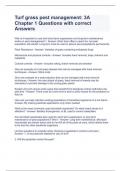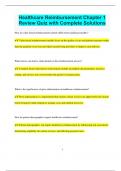Resume
Summary International Economics and International Economic Organisations
- Cours
- International Economics
- Établissement
- Universiteit Antwerpen (UA)
Vak eerste semester master internationale betrekkingen en diplomatie, gegeven door Danny Cassimon, George Mavrotas (en een gastlezing van Dirk de Bièvre) (Academiejaar ). Volledige samenvatting van de lesinhoud en zeer uitgebreide lesnotities. Eerste zit: 15/20
[Montrer plus]












